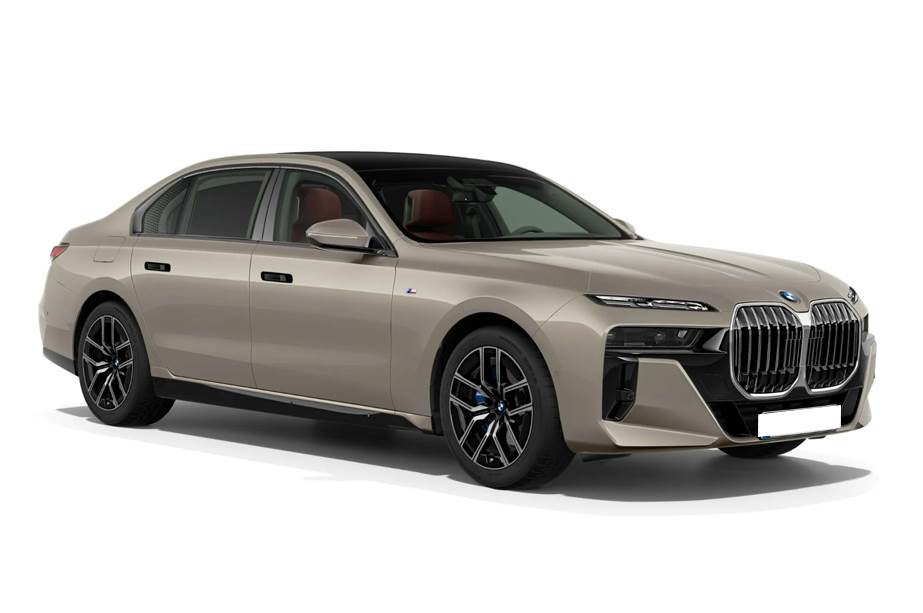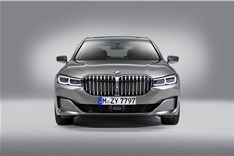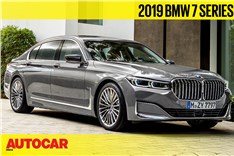BMW 730Ld review, road test
The future is here with the all-new 7-series which is packed with the latest tech to win over super luxury car buyers.
Published on Jun 16, 2016 07:00:00 AM
6,27,546 Views
Follow us on

New 7-series looks more dynamic than its predecessor.


6.21 seconds. That’s the time it takes the 730Ld M Sport to go from a standstill to 100kph. This number alone should tell you how quick the large BMW is. It’s a good half second clear of the earlier 730Ld by 100kph and 1.2 seconds ahead by 160kph. These timings make the 730Ld the quickest among its direct competitors.
At the heart of the 730Ld’s performance is BMW’s latest 3.0-litre, straight six, turbo-diesel engine (code: B57). This engine will replace the older albeit identical displacement N57 engine across the BMW range in the future and will also form the basis of bi-, tri- and even quad-turbo iterations. On the 730Ld, it features a single, variable geometry turbo and relies on common-rail direct injection with piezo injectors that can supply fuel at a high pressure of 2,500bar. The engine produces 265hp and 620Nm which better the older 730Ld’s power and torque figures by 7hp and 60Nm, respectively. Add a lower kerb weight to the equation and you know why the new 730Ld is as quick as it is.
Of course, you’d want the engine and gearbox set to Sport or Sport Plus for max performance. Sport Plus with the quick-shifting eight-speed transmission set to manual lets you hold gear at the 5,600rpm the engine will rev to and for that alone, it’s great fun. Left to its own devices, the gearbox will upshift at 5,000rpm, which is still high for a diesel. There’s immense punch from 2,000-5,000rpm and you won’t tire of the way the big Seven builds speed in the meat of its powerband. It also sounds throaty and rather nice when you are in the mood to play. The thing is, in the sportiest settings, throttle responses tend to be a bit too sharp which limits their utility in town.
Comfort tones things down and smoothens responses, though you won’t have to bury your right foot into the carpet when you need to overtake. There’s ample power even low down in the rev range which means you can get by in the city without ever needing the rev needle to swing to the other side of 2,500rpm. It’s at these lower speeds that anyone familiar with the old Seven will also find a marked improvement in engine refinement. The engine runs quiet and really smooth.
We’re prone to sidelining the efficiency-enhancing EcoPro mode BMWs come with, but on the new Seven, it’s perfectly useable. Yes, throttle responses border on laidback but in rush-hour traffic or for relaxed cruising on the highway, it’s a smart way of maximising economy. Or perhaps keeping your chauffeur in check.
Copyright (c) Autocar India. All rights reserved.











Comments
Member Login
Personal Details
No comments yet. Be the first to comment.